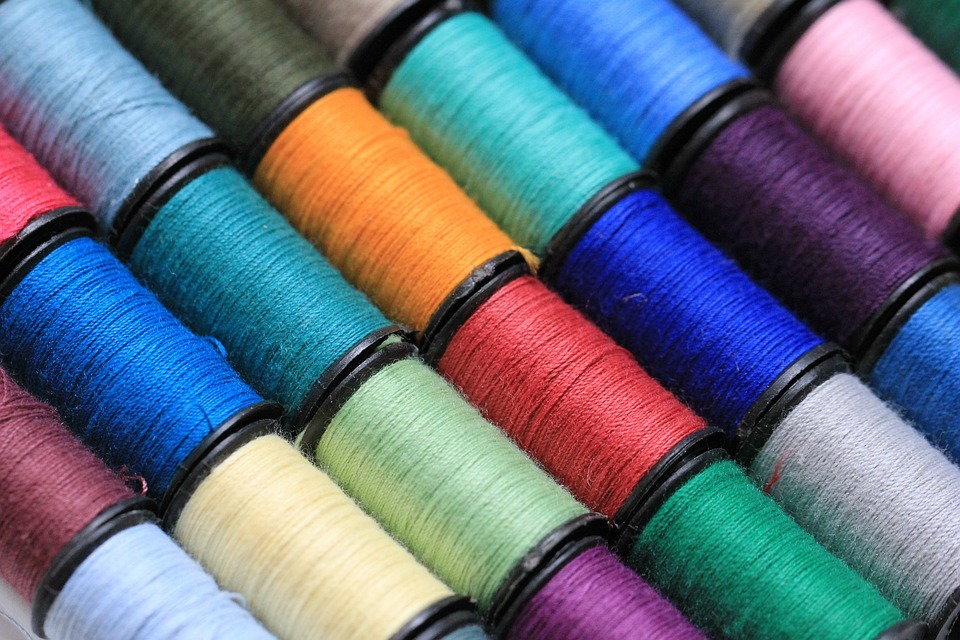Mastering Thread Selection: Tips and Tricks for Every Sewing Project
When it comes to sewing, thread selection is often an overlooked aspect of the craft. Many sewers prioritize their fabrics, patterns, and sewing machines, but neglect the importance of choosing the right thread for their projects. However, the thread you use can greatly impact the quality and durability of your sewing work. Whether you are a beginner or an experienced sewer, here are some tips and tricks for mastering thread selection for every sewing project.
1. Understand Different Types of Thread
Threads come in various types, each designed for different purposes. The most common types are cotton, polyester, silk, and nylon. Cotton thread is ideal for natural fabrics like cotton and linen, polyester thread is suitable for most projects and is more durable, silk thread is great for delicate fabrics like silk and chiffon, and nylon thread is perfect for heavy-duty projects like leather and upholstery. Familiarize yourself with these different types of thread, and make sure to have a variety on hand to match your fabric and project requirements.
2. Match Thread Weight to Fabric Weight
Thread weight refers to the thickness of the thread. It is important to match the thread weight to the fabric weight to ensure a balanced and professional finish. For example, a lightweight fabric like chiffon requires a fine thread, while a heavy denim fabric needs a thicker, more robust thread. Using a thread that is too thick or too thin for your fabric can result in poor stitch quality or even fabric damage. Check the thread weight recommendations on the packaging or consult a sewing guide to make the right choice.
3. Consider the Color
Choosing the right color thread may seem like an obvious step, but it is often overlooked. While matching the color of the thread to the fabric is generally the default choice, sometimes contrasting thread can add an interesting visual element to your project. Additionally, using a matching thread when sewing along patterned fabrics can help camouflage any imperfections in your stitching. Take your time to consider the overall aesthetic of your project and make a conscious decision based on your desired outcome.
4. Invest in High-Quality Thread
Using cheap, low-quality thread may save you money upfront, but it can lead to problems down the line. Low-quality thread tends to be weaker and more prone to breakage, resulting in a less durable finished product. Investing in high-quality thread may cost more, but it will greatly improve the overall quality and longevity of your sewing projects. Look for renowned brands that have a reputation for producing reliable and durable threads.
5. Don’t Forget Specialty Threads
While basic cotton and polyester threads cover the majority of sewing needs, there are times when specialty threads can enhance your projects. Metallic threads can add a touch of glamour, glow-in-the-dark threads can create fun and unique effects, and embroidery threads are specifically designed for intricate needlework. Consider these specialty threads when you want to add a special touch or experiment with different techniques.
6. Test, Test, Test
Before starting a sewing project, it is always a good idea to test your thread on a fabric scrap to see how it performs. Test the tension, stitch length, and overall sewability of the thread before committing to your project. This simple step can save you from potential disasters and frustration. It also allows you to make any necessary adjustments and familiarize yourself with the behavior of your chosen thread.
Mastering thread selection is a crucial skill in the world of sewing. By understanding the different types of thread, matching thread weight to fabric weight, considering color choices, investing in high-quality thread, exploring specialty threads, and testing before sewing, you can ensure professional-looking results and durable finished products. So the next time you sit down at your sewing machine, don’t overlook the importance of thread selection and make it an integral part of your sewing process. Happy sewing!

